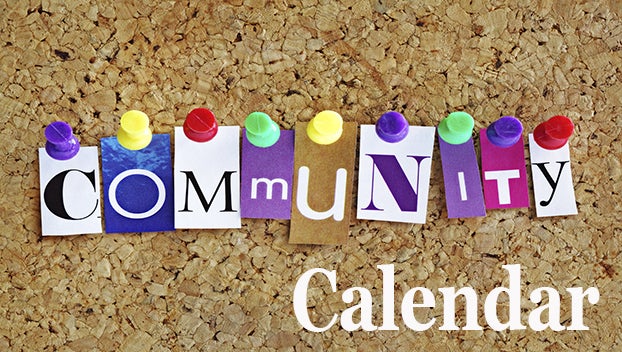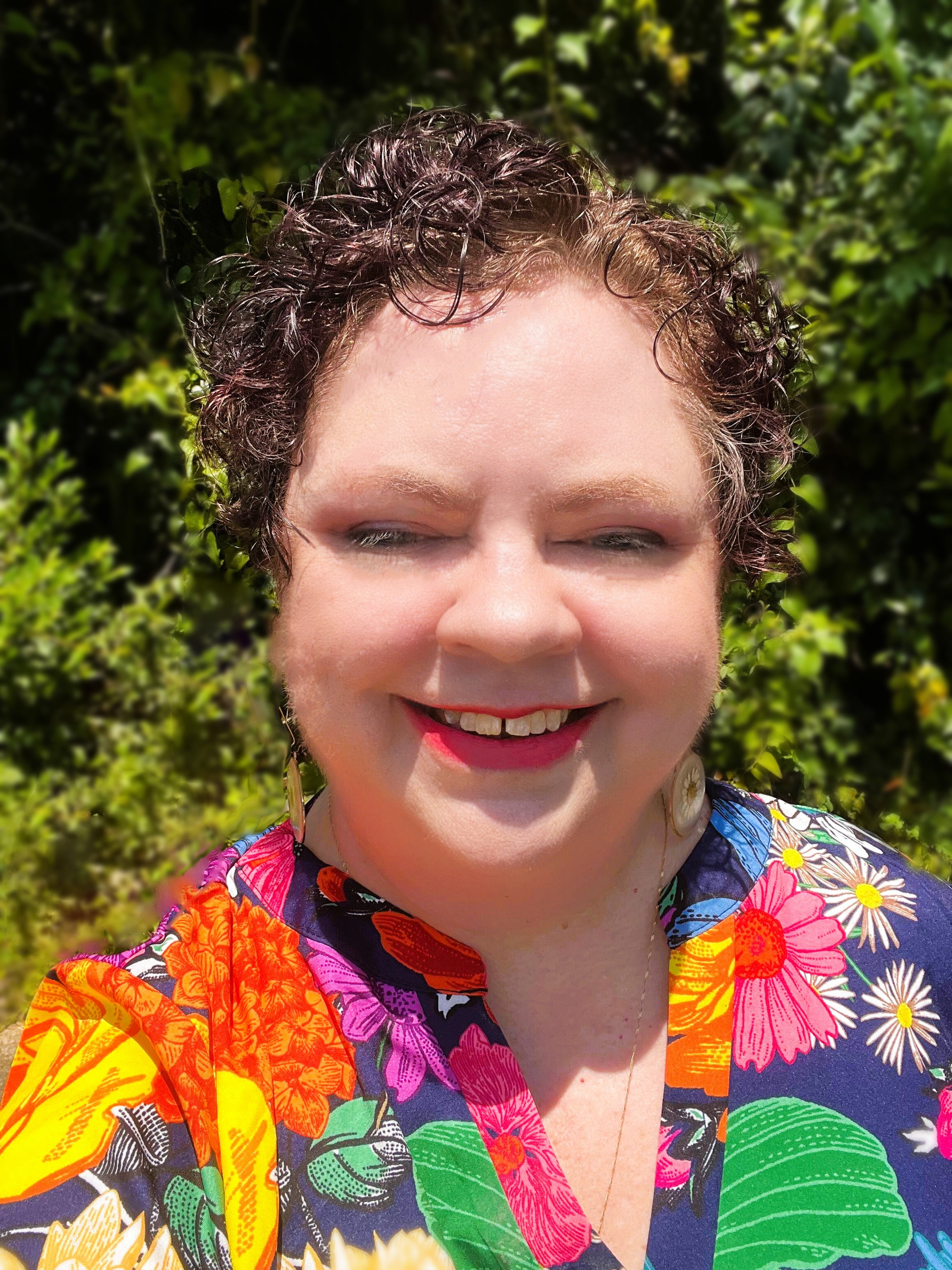GHS expands Habitudes program
Published 3:12 pm Tuesday, July 28, 2015
By Beth Hyatt
The Greenville Advocate
When looking at an iceberg, only one-fourth can actually be seen. Most of this giant is located below the surface, where no one can see it. It could be said that there is “more to it than meets the eye.”
We’ve heard expressions like that countless times in our lives, but do we really even stop to consider what it means? For students at Greenville High School, this phrase and many more will be examined and explained in a leadership program called Habitudes.
GHS received a grant from Growing Leaders to implement the program in the 10th grade. This program has been in progress for ninth graders since last year, but this year it will be extended to include tenth graders as well.
“We started implementing it in the ninth grade. The more we talked and networked with other schools and districts, we realized by waiting with one-year implementation you are constantly losing students. So, this year what we decided to do was implement it in ninth and 10 grade,” said Joseph Dean, principal of GHS.
Habitudes is a leadership curriculum written by Dr. Tim Elmore that teaches leadership skills through visual images, conversation and experience. The program is designed to teach students early on that there is more than one way to handle a conflict. The goal of the program is to put students in real life situations, such as conflicts or arguments, and show them practical ways to handle them.
The lessons are taught for 15 minutes a week during social studies classes; the ninth graders begin with book one: The Art of Self Leadership. Book two: The Art of Connecting with Others, is taught to the 10th graders. While the first book focuses on building leadership skills, the second book focuses on building relationships. Each lesson is taught with a visual along with open discussion of each student’s interpretation of the image.
Dean attended a conference in Atlanta that featured this program and explained the benefits behind it.
“I was thinking this program was just for high schools … no,” said Dean. “There were representatives there from the LSU athletic department. There was one school there that had been utilizing it throughout all grade levels, so that sparked my interest. The program is geared toward building leaders. You can’t make leaders, but you can build a capacity for leadership in anyone. This program helps identify those diamonds in the rough.”
Three lessons that resonated with Dean focused on the subject of not judging a student’s ability by what you see on the outside. The conference gave the example of a large, concrete statue that had been weatherworn over time. Workers were trying to lift the statue and transport it without damaging the concrete, but they failed in the end. Once the concrete was cracked, the workers were able to see inside the statue. The surrounding concrete had hid a smaller, solid gold statue inside that.
“The lesson was, sometimes you can find the best of people by peeling off the shell,” said Dean.
Another image used was that of a thermostat versus a thermometer. A thermometer only rises or lowers based on the temperature around it; a thermostat controls the temperature. The goal for students is not to sit back and be affected by situations like a thermometer, but instead to be controllers of situations like the thermostat.
It is Dean’s hope that students will remember this example when they are engaged in an altercation; instead of antagonizing the situation, he hopes they will be able to settle and calm it down.
The third lesson showed the image of an iceberg. On the surface, you may only see the way a student dresses or acts in the classroom, but there is so much more to that student.
“You have to realize that when you see something, take the time to see the totality of it,” said Dean.
Dean and the GHS faculty are excited to expand this program to the 10th grade this year, and after this year, they will be able to monitor the success of the program. Individual interviews will be held with 10th grade students that were involved in this program this year and last year. Since these students have been involved in the program for two years, their feedback will be recorded and monitored to chart the progression of Habitudes.
“I would like to see it expand across the grade levels in all of our schools. I think it would be great not only for high schools but for middle schools and things of that nature. The content is grade level appropriate and it pays great dividends,” said Dean.





